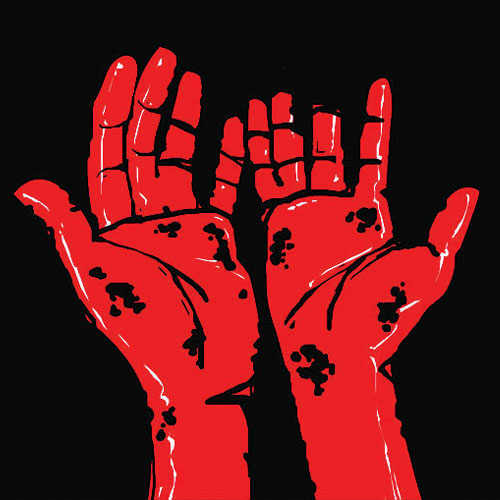World Leprosy Day is annually observed around the world on the last Sunday of January. The day was initiated in 1954 by French philanthropist and writer, Raoul Follereau, as a way to raise global awareness of this deadly ancient disease and call attention to the fact that it can be prevented, treated and cured.
On this day, organizations and non-governmental organizations (NGOs) hold public and educational outreach events where they give people information about how to prevent the spread of the disease. Doctors and other medical professionals spend time talking to the public about how to recognize the symptoms of leprosy.
Organizations also hold rallies and marathons to raise money for research and providing treatment and rehabilitate those afflicted with the disease. In addition, seminars and workshops are held around the world to address the problems faced by leprosy patients and to find ways to reduce the social stigma faced by them.
Leprosy is one of the oldest diseases known to humankind. It is also known as Hansen’s disease, named after Norwegian physician, Gerhard Henrik Armauer Hansen, who debunked the prevailing notion of the time that leprosy was a hereditary disease. He showed that the disease had a bacterial cause instead. For thousands of years, people with leprosy have been stigmatized and considered to be at the extreme margins of the society. The aim of World Leprosy Day is to change this attitude and increase public awareness of the fact that leprosy can now be easily prevented and cured.
The date for World Leprosy Day was chosen to coincide with the anniversary of Indian freedom fighter, Mahatma Gandhi’s assassination on January 30, 1948. During his lifetime, Mahatma Gandhi worked tirelessly towards the betterment of people afflicted with leprosy.
(Ref : https://www.timeanddate.com & www.dnaindia.com)
